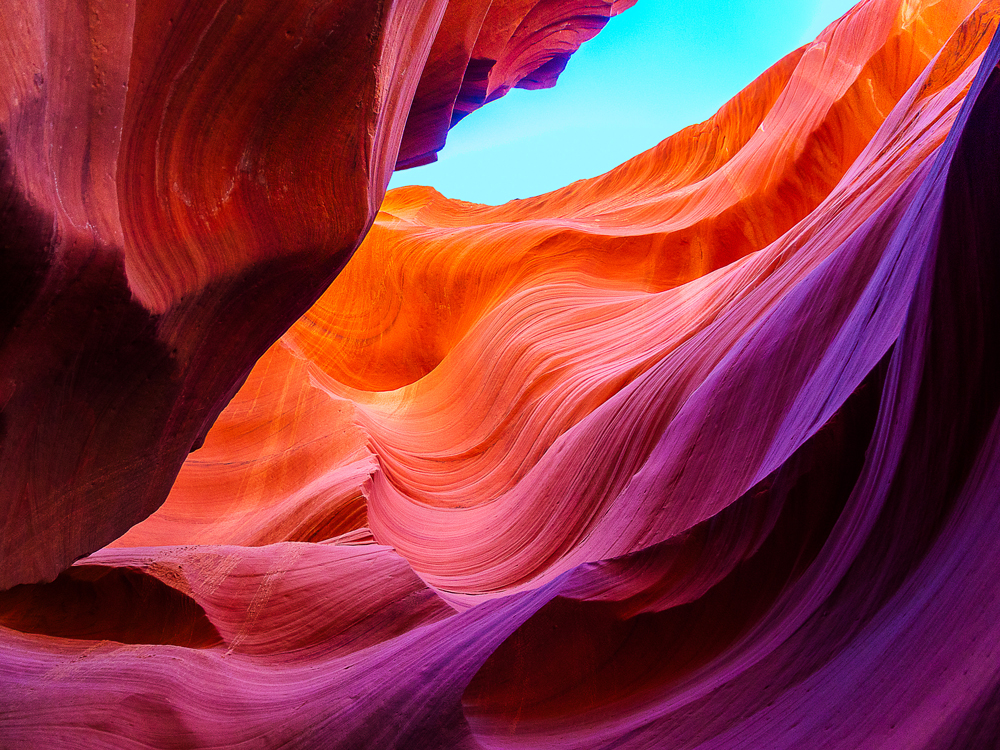Located in Page, Arizona, within the LeChee Chapter of the Navajo Nation, Antelope Canyon consists of two sections. The upper canyon—elevated at about 4,000 feet with sandstone walls reaching 120 feet above the streambed—is referred to by the Navajo as Tse’bighanilini, which means “the place where water runs through rocks.” The lower canyon (pictured) is known as Hasdestwazi, or “spiral rock arches,” and has a narrower ground, thus forming its “V” shape.
Antelope Canyon was formed over thousands of years of flash floods and abrasive winds that slowly carved the Navajo sandstone into its unique design that awes us today. The sandstone began forming around 174–191 million years ago! Iron oxide deposited on the sand grains is responsible for the canyon’s orange-red hues.
—Prepared by the World Tribune staff
You are reading {{ meterCount }} of {{ meterMax }} free premium articles

